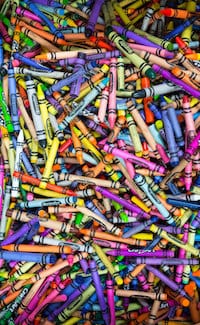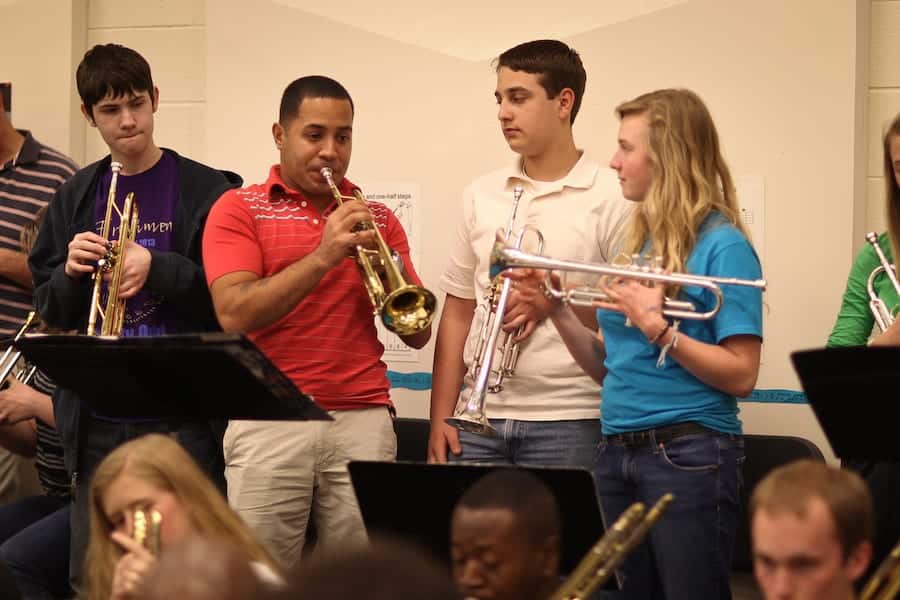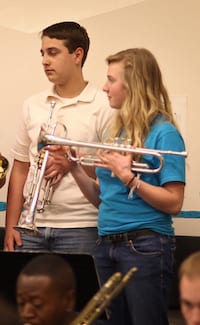How Turnaround Arts: California is changing school culture
 Turnaround Arts: California was founded in 2014 as a nonprofit organization established to administer the Turnaround Arts program of the John F. Kennedy Center for the Performing Arts and the President’s Committee on the Arts and the Humanities statewide in some of California’s lowest-performing elementary and middle schools. Turnaround Arts: California has worked with 17 different schools that encompass approximately 12,000 students and 600 teachers in 14 different districts in the urban, suburban, and rural areas of the state in the four years since.
Turnaround Arts: California was founded in 2014 as a nonprofit organization established to administer the Turnaround Arts program of the John F. Kennedy Center for the Performing Arts and the President’s Committee on the Arts and the Humanities statewide in some of California’s lowest-performing elementary and middle schools. Turnaround Arts: California has worked with 17 different schools that encompass approximately 12,000 students and 600 teachers in 14 different districts in the urban, suburban, and rural areas of the state in the four years since.
Barbara Palley has been the organization’s Director of Program and Strategy since May of 2017, and while she admits to still be learning the “lay of the land,” she brings a powerful wealth of experience to her position. On a school-based level, she sees support for the arts despite program cuts and the marginalizing of the arts during No Child Left Behind (NCLB). “No Child Left Behind was started as an equity movement,” Barbara says. “I don’t quote George W. Bush very often, but he said ‘The soft bigotry of low expectations’ because NCLB was really meant to be an equity initiative.”
Barbara notes NCLB tried to hold each and every state accountable to level the educational playing field, and everyone knows the results. States focused on the things they knew they could measure which were reading, math, and writing and everything else, such as the arts and music, fell by the wayside. “States and districts said, ‘Let’s narrow the curriculum if kids can’t get reading, writing, and math right and that’s the only thing they should be spending their day on,’ Barbara says. “And that’s really short-sighted. Kids are whole individuals with lots of different needs and abilities, and narrowing a curriculum did not serve them well.”
Turnaround Arts is designed to do exactly what their name implies – turn around the culture and the performance of a school through arts education, by using the latest tools and proven research to make real changes and improvements in education. Barbara Palley has been doing that work for almost two decades with some of the most influential and reputable museums on the East Coast before coming west to California, creating alliances and allegiances to improve public education in the arts.
The Turnaround Arts philosophy is focused on eight areas:
 The Principal
The Principal
An internal and external advocate and strategist for the arts in the school who targets and expands the use of the arts to address broader school issues.
- Arts Specialists
Credentialed arts staff provide rigorous, sequential, and weekly (or more frequent) standards-based instruction to students during the school day and collaborate with staff regularly to develop arts integration.
- Classroom Teachers (Non-Arts Subjects)
Educators integrate the arts into other core content instruction and collaborate with arts educators.
- Teaching Artists
Artists from the community and local organizations perform and show their work for students and work regularly with students and teachers to enrich and enhance learning.
- Parents, Community Members, and School District Officials
An extended community visibly supports and contributes to arts efforts.
- Comprehensive Strategic Approach
An ongoing approach and mindset that leverages the arts for targeted whole school improvement via shared leadership, strategic planning, an improved school reputation, and self-evaluation.
- Professional Development
Training and teacher support in the arts and arts integration that is an ongoing and embedded activity.
- School Environment
The school atmosphere celebrates creativity and artistic achievement, incorporating performances and exhibitions by students and physical spaces with displays.
 Barbara and Turnaround Arts: California envision a statewide network that has different schools at different stages of the process of transformation that support each other and are connected to the resources and tools of the national Turnaround Arts network. One of the things that Turnaround Arts wrestles with is fatigue from boards, parents, and staff because the process of transformation is a long one. While a small number of schools might be able to accomplish a turnaround in about 3 years, published research on ed-reform says it’s more of a 5 to 7 year process for the average district.
Barbara and Turnaround Arts: California envision a statewide network that has different schools at different stages of the process of transformation that support each other and are connected to the resources and tools of the national Turnaround Arts network. One of the things that Turnaround Arts wrestles with is fatigue from boards, parents, and staff because the process of transformation is a long one. While a small number of schools might be able to accomplish a turnaround in about 3 years, published research on ed-reform says it’s more of a 5 to 7 year process for the average district.
“We’re now in the process of selecting from new schools to add into the cohort next year,” Barbara says. “We’re creating a network in which schools can participate as alumni and even as mentors for new schools.” The encouragement and sharing of expertise and experience are crucial to the success of Turnaround Arts, Barbara says. “We’re finding that a lot of the schools doing this work are swimming upstream against some communities to fight for want to they know is right for kids.”
About Barbara Palley
Barbara Palley is the Director of Program and Strategy for Turnaround Arts: California. Follow Barbara on Twitter
Author
Dr. Berger of MindRocket Media Group is an education correspondent and personality with articles in The Huffington Post, Scholastic, and Forbes.
Twitter.
Further Reading
- HuffPost – President’s Turnaround Arts Program Expanded
- Architects News – Frank Gehry donates $1 million to Los Angeles River schools for arts education
- Americans For The Arts – Turnaround Arts and Why It Works




 The Principal
The Principal
